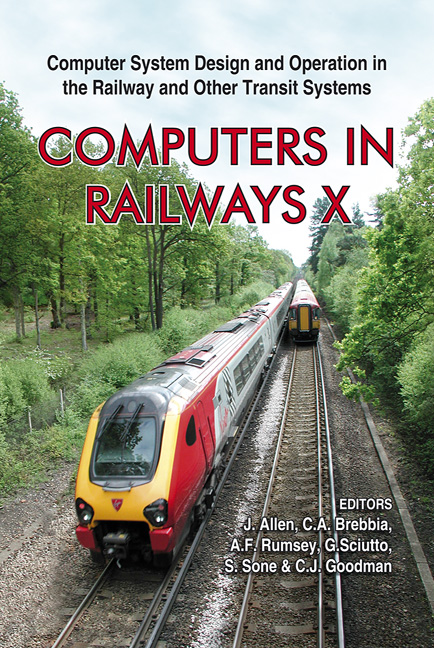Reconstruction Of Train Trajectories From Track Occupation Data To Determine The Effects Of A Driver Information System
Price
Free (open access)
Transaction
Volume
88
Pages
10
Published
2006
Size
927 kb
Paper DOI
10.2495/CR060211
Copyright
WIT Press
Author(s)
T. Albrecht, R. M. P. Goverde, V. A. Weeda & J. van Luipen
Abstract
The Dutch railway network is one of the most intensely utilized networks in the world and therefore many conflicts occur. The infrastructure manager ProRail developed and tested a Driver Information System (DIS), which gives information on current positions and delays of other trains on the same track. In a potential conflict situation, the driver is then able to anticipate to the behaviour of the previous train which should help avoiding unscheduled stops before red signals and reducing the consequences of a conflict (increased energy consumption and delay). During the real-world test of the DIS, only few trains were equipped with accessible onboard measurement equipment which was insufficient for a profound analysis of the effects of it. It was therefore decided to reconstruct train trajectories by using track occupation data, which is available for all the trains with a precision of one second. A least squares approach is proposed to obtain the most probable train speed profile along the line. The reconstructed trajectories are used to support the manual observations of special events during the tests. Keywords: driver information, traffic management, train detection system, speed measurement.
Keywords
driver information, traffic management, train detection system, speed measurement.





